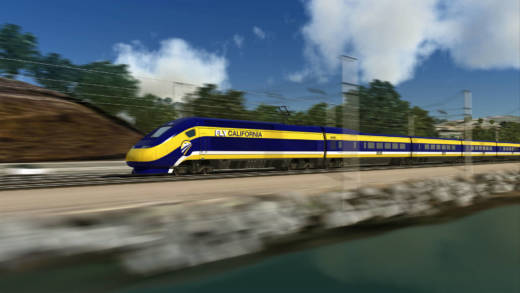The projected cost of California's bullet train has jumped to $77 billion and the opening date has been pushed back four years to 2033, according to a business plan released Friday.
Every two years, the California High-Speed Rail Authority releases a snapshot of building timelines, cost estimates and other critical details about the ambitious plan to transport people from Los Angeles to San Francisco in under three hours. This is the first under new chief executive Brian Kelly, who has promised more transparency about the project's challenges after years of cost increases and delays.
"It's going to be bumpy," said Kelly. "What's important to me is you hear that from us."
While the goal is to connect the two major cities, the new plan focuses primarily on opening track between San Francisco and the Central Valley. That portion of track is now set to be finished by 2029, also marking a four-year delay.
However, significant challenges remain. One of them is how to cross through a section of mountains — a critical segment to link Silicon Valley to the Central Valley. Rail officials are still working on how best to do that, Kelly wrote in the plan's introduction.

